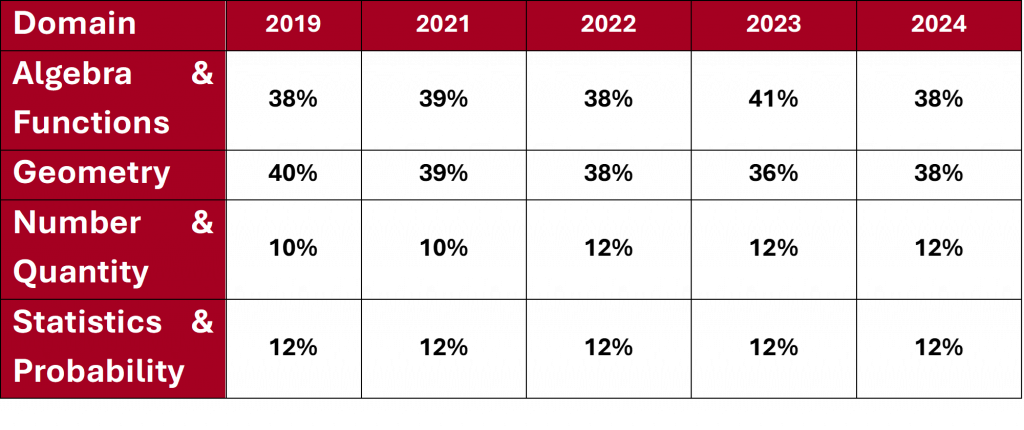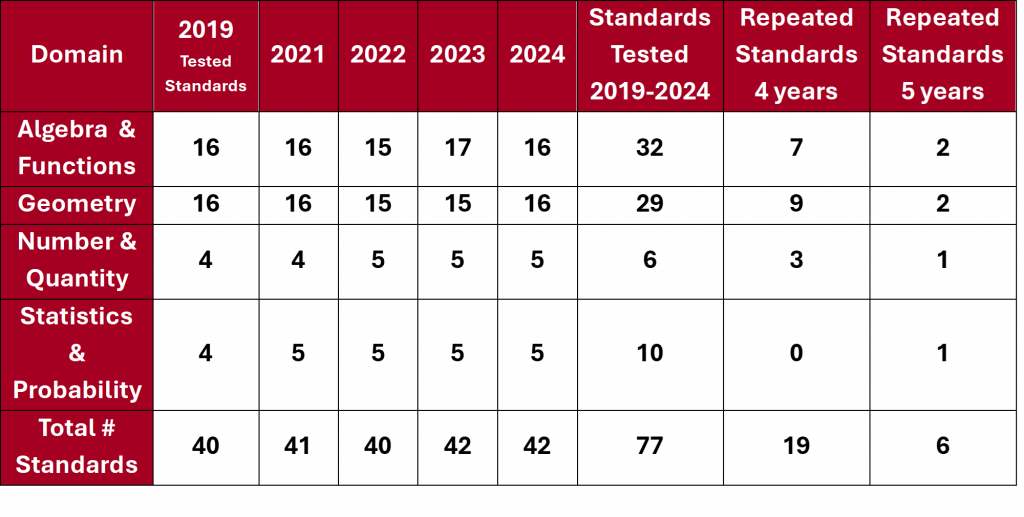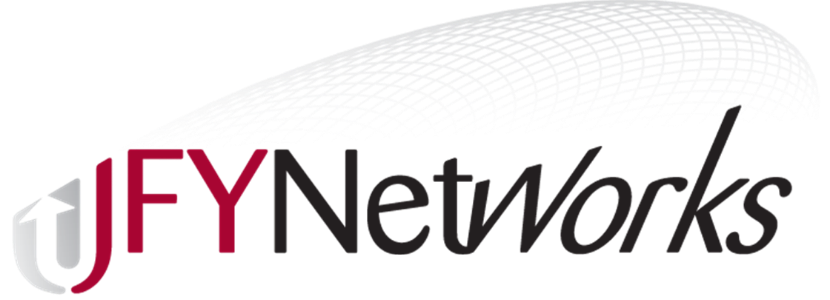6 Math Standards Can Make The Difference
by Joan Reissman
What’s the best way to prepare for MCAS? Practice and review, of course.
Test preparation is not a substitute for long-term cumulative learning; but review and practice are tried and true methods to strengthen skills and build knowledge, regardless of test pressures. Practice exercises in the format of the actual assessment can reinforce skills as effectively as any other form of review—maybe more effectively.
The MCAS test is a subset of the state curriculum standards. All MCAS questions are drawn directly from those standards and are identified by standard. There is no conflict between “teaching to the test” and teaching the standards. The 10th grade math MCAS begins May 20. That’s plenty of time to make a difference. Although MCAS is no longer required for graduation, MCAS scores and student growth based on those scores account for no less than 60 percent of school accountability ratings.
JFYNetWorks offers focused online curriculum with teacher support to help students refresh the 9th and 10th grade skills that are covered on the 10th grade MCAS. JFY’s curriculum provides flexible options for MCAS preparation that can be seamlessly integrated into daily classes. We help teachers focus on the topics that are most likely to be tested.
There are 25 standards (out of 101) that have been tested 4 or 5 years on MCAS 2.0. Six have been tested 5 years and 19 4 years. Reviewing the 5-year standards will give students a strong boost. Adding some or all of the 4-year standards will be even better. JFY recommends reviewing Algebra 1 standards for students currently taking geometry; Integrated Math 1 standards for students currently taking Integrated Math 2; and geometry standards for students currently taking Algebra 2.
JFY can customize MCAS curriculum packages based on data analysis of a school’s or teacher’s needs. The basic package is the 25 4 and 5 year standards. We provide the curriculum and train teachers to use it at no cost. Few schools made gains in 2024, nor did the state overall. Scores still lag pre-pandemic 2019. Focused preparation can make the difference between a flat line and a rising one.
There are 42 questions each year, worth one to four points depending on the type of question. The total number of “raw” points generated by these questions is 60. The raw score is converted into a “scaled score” of 440 to 560. The numerical scores are then grouped into four “achievement levels”: not meeting expectations, partially meeting expectations, meeting expectations and exceeding expectations. Every correct answer can raise the student’s—and the school’s– state ranking. One additional correct answer moves a student from 499 to 500 scaled score, and Partially Meeting to Meeting Expectations. (The same scoring structure is used in grades 3-8.)
JFY’s MCAS curriculum is based on analysis of the five years of Next Generation MCAS 2.0 (2019, 2021, 2022, 2023,2024). MCAS 2.0 has a much higher proportion of algebra and geometry than the old legacy test. This distribution has remained consistent over the 5 years.
Domain Distribution
This table shows the domain distribution over the five years on the 10th grade math Next Generation MCAS.

The domain distribution over the five years is nearly identical. That doesn’t mean that all the questions cover exactly the same standards (see below), but the domain distribution is consistent. We can be fairly confident that the nearly 80% emphasis on Algebra and Geometry will continue.
Tested Standards
The number of standards tested in each domain has also remained consistent. The table below shows the number of standards tested in each domain every year, and the repeated standards.

In the 210 questions over the five years, MCAS has tested 77 standards: 32 algebra standards, 29 geometry standards, 6 number and quantity standards, and 10 statistics and probability. That’s 76% of the total 101 standards in the state high school curriculum frameworks.
But just 6 standards were tested all five years. Though It’s best to cover more of the 25 5 and 4 year standards, reviewing the core 6 will give students a nucleus of likely test content. And because these are all grade-level standards, students will need them for 11th grade. (Reminder: MCAS is a subset of grade-level standards.)
JFY can help teachers focus. If students finish the 6 core standards, they can go on to the next 19. Review emphasis should consider the course they are currently taking. The more they cover, the better prepared they will be for MCAS and for 11th grade.
Testing Techniques
Our focus is on mastering content, but it doesn’t hurt to review testing techniques. One of the most important things a teacher can do is to help students build confidence answering constructed response questions. Students should be encouraged not to give up and leave this part blank. Even if they can’t answer everything, they will get some points for answering part of the question. Go to https://www.doe.mass.edu/mcas/student and have students look at sample constructed response questions. Show them how answering just part of the question will still yield points.
Time-tested strategies are also helpful on multiple choice questions. One strategy is the venerable process of elimination. This is a last-ditch effort when the student has no idea what the answer is. If there are 4 possible answers, she always has a twenty-five percent chance of guessing right. Another technique is working backwards. Take the given choices and see if any of them gives the correct answer to the problem. This might work well when the problem has variables, and the answer choices are numbers. One final technique is called plugging in. If you have variables in the problem and the answer choices, try using some simple numbers (not 0 and 1) and see if you can answer the question.
And don’t forget to remind students about the reference sheet that is available
while taking the test. (https://www.doe.mass.edu/mcas/tdd/resources/g10-math-refsheet.pdf) It has valuable and usable information. These techniques are not a substitute for cumulative math learning, but they can be helpful to nervous testers. Remember that one point can make a big difference.
The reports say that we still have a long way to go in recovering from pandemic learning loss. But I think students are in a better position this year. 2024-2025 is one year farther away from pandemic disruption. We’ve had one more year to review past years’ skills and get closer to grade level. Every standard a student masters builds a stronger foundation for MCAS, for future classes, and for post-high school life. With focus and discipline, we can make 2025 a year of achievement.
Joan Reissman, the MCAS Maven, is a JFYNetWorks blended learning specialist.
Other MCAS Maven posts authored by Joan can be found here.
HOW ARE WE DOING? In our pursuit to serve up content that matters to you, we ask that you take a couple of minutes to let us know how we’re doing? Please click here to be navigated to our JFYNet Satisfaction Survey. Thank you!





